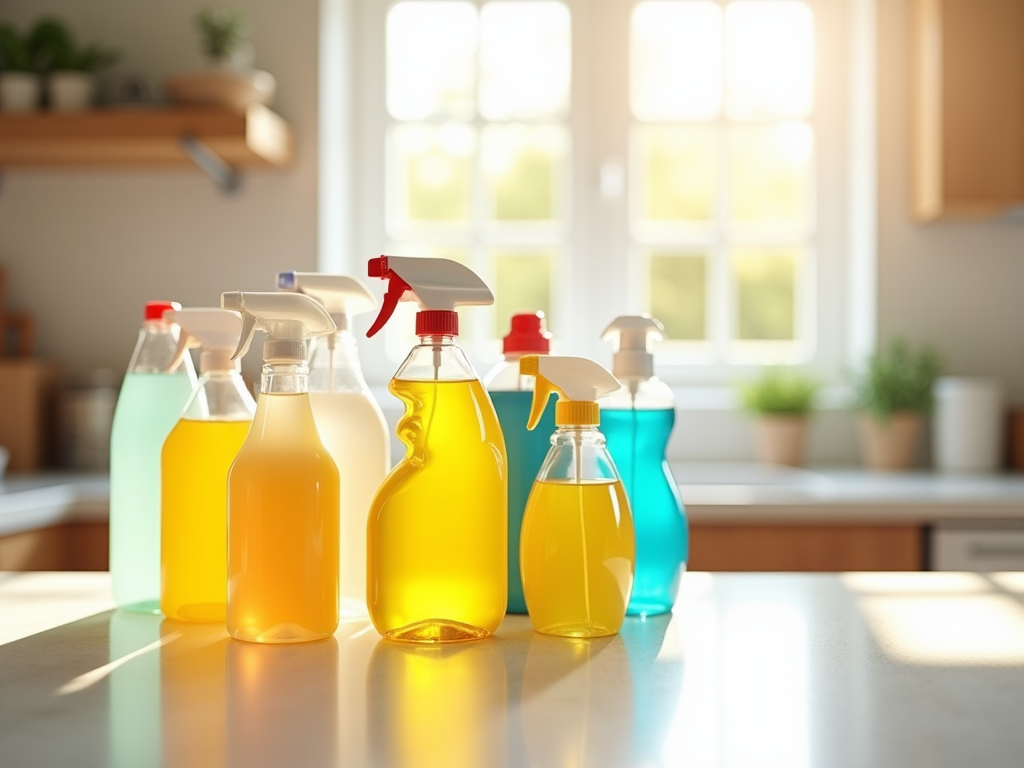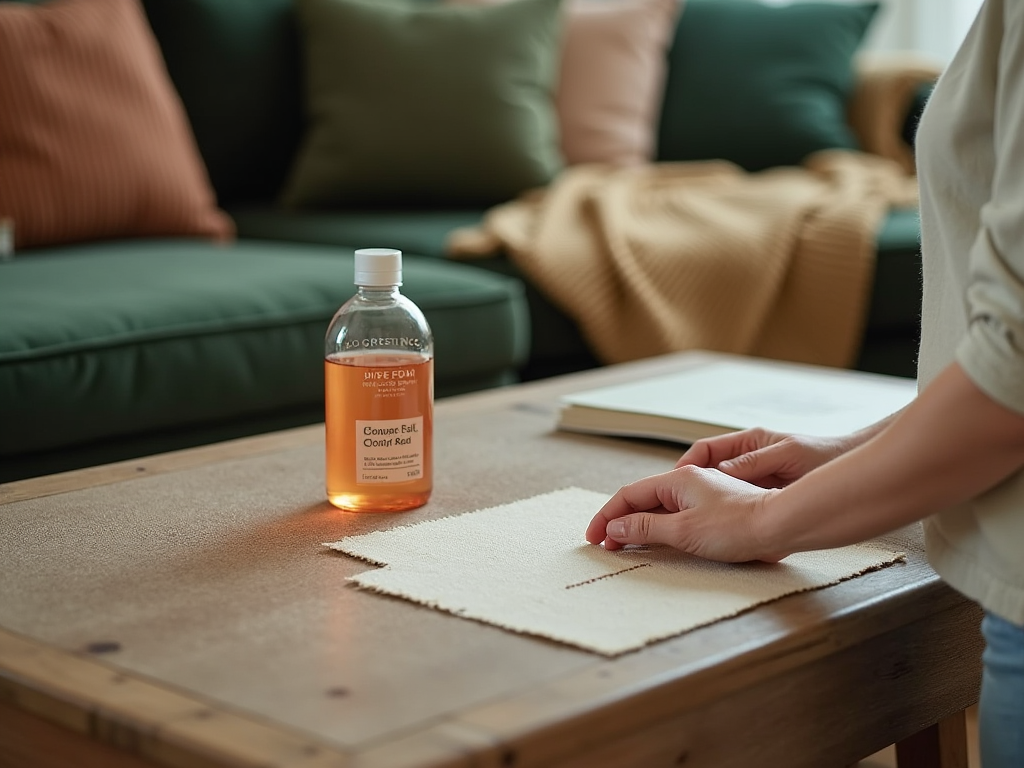Stains are an inevitable part of life, lurking in the background, waiting for an opportune moment to ruin your favorite garment or couch. The good news is that effective stain removal is more of an art form than a science, and mastering it can save you both time and money. Cleaning doesn’t have to be a daunting task; it can be tackled with the right techniques and a little know-how. This article will focus on four golden rules that will revolutionize the way you address stains. Whether you’re dealing with a spaghetti sauce disaster or a last-minute ink spill, these tips will have you covered. Prepare to reclaim your fabrics and get confidence back when facing stains!
Understanding Stains and Their Types

To combat stains successfully, one must first understand what they’re dealing with. Different stains arise from various sources, each requiring specific treatments for effective removal. Food stains, grease spots, ink marks, and mud are just a few examples of what you might encounter. Knowing the type of stain is crucial because certain cleaning methods work better on specific stains compared to others. Moreover, understanding what caused the stain can inform your approach and prevent future mishaps. Take the time to identify the various types of stains you may face in your home or during your daily activities.
Rule One: Act Quickly

The clock starts ticking the moment a stain appears. Quick action is fundamental when it comes to successful stain removal. Fresh stains are much easier to eliminate than those that have had time to bond with the fabric. Here are some insights into why prompt action matters:
- Fresh stains are often absorbed by the fabric, making them easier to lift.
- Delay can lead to chemical reactions that make stains permanent.
- Acting quickly minimizes the likelihood of the stain spreading.
Your first instinct might be to scrub the stain, but that can lead to more damage. It’s crucial to remember that blotting is your best friend during this process. Blot the stain with a clean cloth to absorb it rather than rubbing, which can exacerbate the issue by pushing it deeper into the fabric. This principle can save you from many headaches down the line.
Rule Two: Use the Right Products
When it comes to cleaning, not all products are created equal. Utilizing the wrong type of cleaner can either make the situation worse or even damage the garment. Before reaching for that all-purpose cleaner under your sink, take a moment to assess the fabric type. Fabrics like silk, cotton, and wool each have unique properties that require specialized treatments. Here are some factors to consider:
- Compatibility with the fabric type
- pH level of the cleaning solution
- Any special features of the item (like colorfastness)
| Stain Type | Recommended Cleaning Solution | Tip |
|---|---|---|
| Grease | Dish soap or degreaser | Apply and let it sit for 10 minutes before rinsing. |
| Ink | Isopropyl alcohol | Always test a patch first as this might fade some fabrics. |
| Wine | Soda water or salt | Blot up the liquid immediately before applying treatment. |
Rule Three: Test Before You Treat
Even the most reputable cleaning solutions can have unforeseen side effects. That’s why it’s critical to always conduct a patch test. A little preparation can go a long way in avoiding damage to your fabrics. Here’s how you can effectively perform a patch test:
- Choose an inconspicuous area of the fabric.
- Apply a small amount of the product and wait for a few minutes.
- Check for any adverse reactions, such as fading or discoloration.
Permit the test to guide your cleaning strategy. If the patch test is successful, feel free to proceed with treating the stain. If not, you will have avoided a potential disaster and can explore alternate cleaning methods.
Rule Four: Rinse and Repeat as Necessary
Sometimes, stubborn stains require more than one treatment. If the stain persists after your initial cleaning, it’s essential to rinse the area thoroughly and evaluate the results. A rinse helps to remove residue from the cleaning product and allows you to see if further action is necessary. If the stain remains, don’t hesitate to repeat the cleaning process. Here are a few tips for successful repeat attempts:
- Allow any solution to sit longer during subsequent applications.
- Change the cleaning product if you’re not seeing results.
- Be patient; some stains take time to lift completely.
Conclusion
The journey to mastering stain removal doesn’t have to be fraught with frustration. By adhering to the four golden rules—acting quickly, using the right products, testing before treatment, and rinsing as needed—you can combat stains effectively. Every mishap presents an opportunity to improve your cleaning skills and techniques. Arm yourself with the knowledge and confidence to tackle any stain, and you will keep your belongings looking their best for years to come.
Frequently Asked Questions
- What should I do if a stain has already set? – For set-in stains, apply a stain remover and let it sit longer, following the product instructions.
- Are there any home remedies for stain removal? – Yes, common household items like vinegar, baking soda, and lemon can be effective for many types of stains.
- Can I use hot water on all stains? – No, avoid using hot water on protein-based stains (like blood or dairy), as it can set the stain. Cold water is best in these cases.
- How do I know if a fabric can be cleaned safely? – Always check the care label on your fabric for specific cleaning instructions to avoid damage.
- Is it better to air-dry or use a dryer after washing? – Air-drying is often safer, as heat can set any remaining stains. Always check the item before putting it in the dryer.
